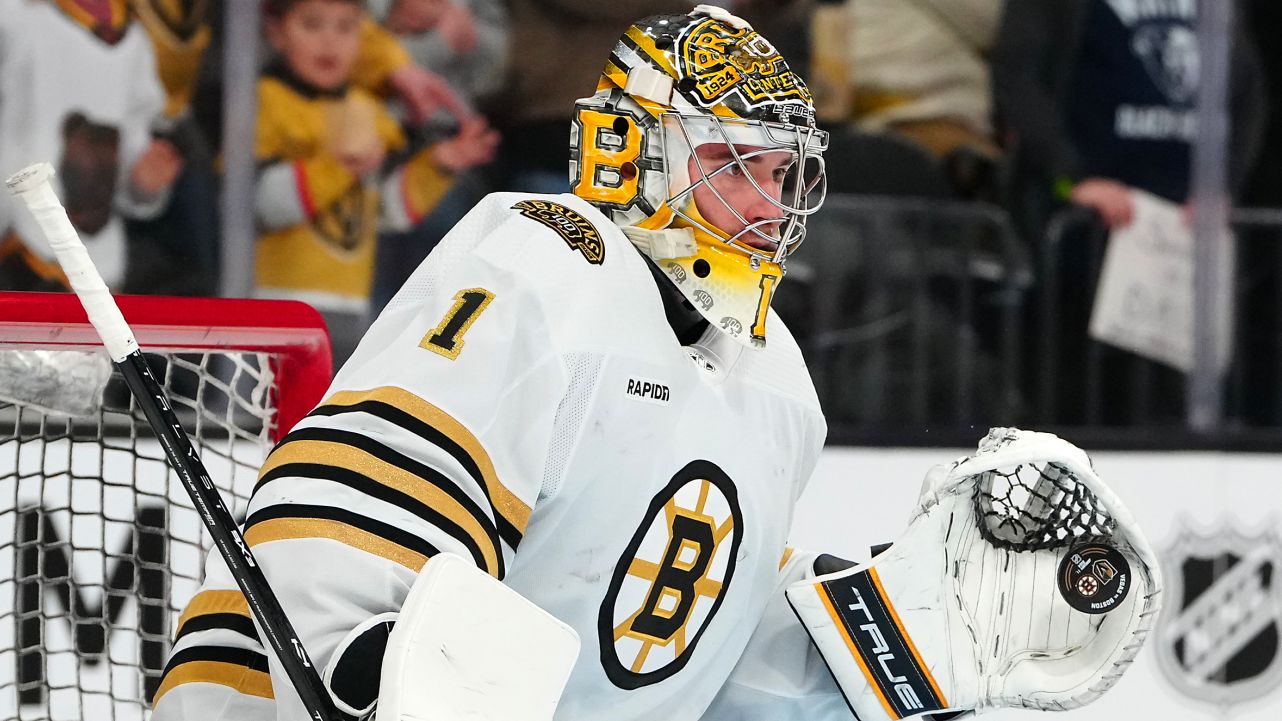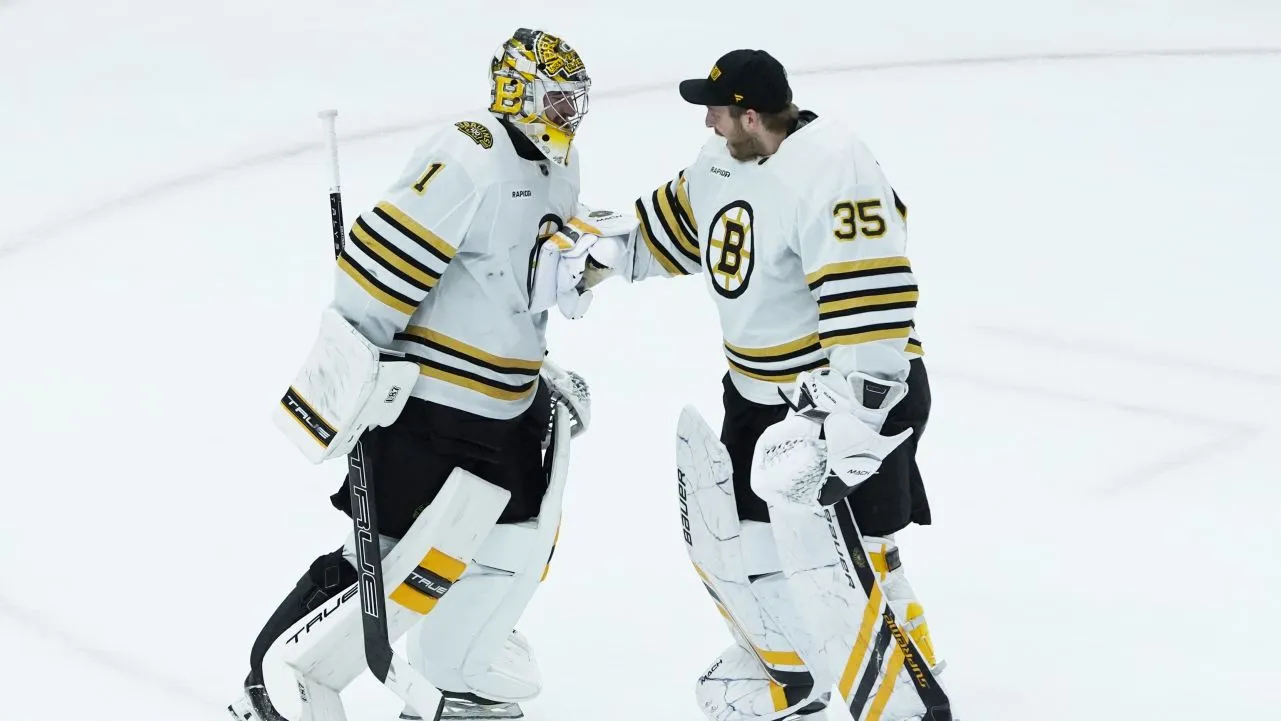The Boston Bruins are rolling right now. They are one point behind the Vancouver Canucks and Winnipeg Jets for the best record in the NHL.
This team has exceeded expectations by pretty much every measure. The B's lost so many good players in the offseason, most notably Patrice Bergeron, David Krejci, Tyler Bertuzzi, Taylor Hall, Dmitry Orlov and others. And due to a lack of salary cap space over the summer, they weren't able to replace these players with top-tier talent.
Therefore, expectations were lower than normal for the B's. Make the playoffs? Yes. Be in the mix for the top record in the league? No.
Stay in the game with the latest updates on your beloved Boston sports teams! Sign up here for our All Access Daily newsletter.
And yet here we are: The Bruins, at least according to their record (26-8-9), are again a legit Stanley Cup contender.
There are a few areas of concern, though, and one that's worth keeping tabs on is the ice time certain veterans are playing. The Bruins are relying on their top guys a lot, and while it's been a successful strategy so far, it could catch up to them come playoff time.
Here's a look at notable veterans on the B's roster and how much their 2023-24 ice time compares to last season, as well as their career highs.
None of the time-on-ice increases shown in the chart above are super glaring, but they do add up over the course of a full season.
McAvoy and Lindholm are on track to be the first pair of Bruins defensemen to average 23:00 minutes or more of ice time per game since Zdeno Chara (24:56) and Dennis Seidenberg (23:47) in 2012-13. McAvoy played 26 or more minutes twice in 67 games last season. He has hit that minute level 12 times in 35 games this season. That's 34 percent of his games. In 2021-22, he hit the 26-minute mark in 21 of 78 games (27 percent).
What's the reason for the increase in minutes for these players? Injuries have played a part. Derek Forbort missing 23 games has resulted in defensemen like McAvoy, Lindholm and Carlo playing even more on the penalty kill. The team's overall depth is worse than it was last season, mostly because of the offseason departures noted above. Another factor is 14 of Boston's 43 games (or 32 percent) have ended in overtime or the shootout.
Bruins head coach Jim Montgomery also has been leaning on his veteran players more in the third period. There have been several games when younger players such as Matthew Poitras, Georgii Merkulov, John Beecher and Mason Lohrei -- all rookies, by the way -- played very little in the third period.
One example came on Jan. 4 against the Pittsburgh Penguins. Beecher, Merkulov and Oskar Steen -- three rookies -- all played fewer than seven minutes. Beecher and Merkulov each got one shift in the third period. Pastrnak, Machand and Zacha all played over 20 minutes. On the blue line, Lohrei played only 8:29, including just two third-period shifts.
Lohrei's play was poor that night, but less than 10 minutes of ice time is too low. Lindholm and McAvoy played 29:13 and 26:27, respectively. It's one thing if injuries during the game force other players to play more minutes. But when you have a full lineup and some guys barely see the ice -- in an early-January regular season game, no less -- that's not ideal.
More Bruins coverage
The NHL is not a developmental league. If Montgomery doesn't think some of these young players are ready to take important shifts in crunch time, that's fine. His job is to win games, and there's a lot of pressure to do so. Young players have to earn the trust of the coaching staff. But it also shouldn't result in your best players playing too many minutes and, as a result, potentially setting up a situation where they don't have enough gas left in the tank for a lengthy playoff run. If you have too many young players who aren't worthy of ice time in the third period, then make a trade to acquire a veteran or two.
The Bruins also need to keep the schedule in mind. They have six games over the next 10 days, and then they get a much needed break with All-Star weekend. But after the All-Star break they play 12 games in the final 23 days of February, including a long road trip out West to play the Kraken, Oilers, Flames and Canucks. Managing minutes through this stretch, and the rest of the regular season, will be important.
So, what's the best way to decrease the ice time of these veteran players and ensure they have as much stamina as possible for the playoffs?
Well, the easiest way is to give the veterans' minutes to the younger players. Poitras could play more at center. Trent Frederic is playing a career-high 13:36 per game and producing a career-high 2.19 points per 60 minutes. Maybe he could get bumped up to between 14:30 and 15:00 per game. Prospects such as Merkulov and Fabian Lysell could play on the wing and get some much-needed NHL experience. Lohrei could take some of McAvoy and/or Lindholm's minutes.
Sure, a lot of these young players aren't going to see a ton of ice time in the playoffs. Poitras and Beecher probably aren't going to take a ton of third-period shifts come April and May. But what if they're forced to do so because other guys are injured? These young players need enough reps to be prepared for that scenario.

The other way to lessen the burden on some of these veterans is adding a player or two in the trade market.
ESPN's Emily Kaplan reported last week that the Bruins have been scouting middle-six forwards with a "scoring punch." This is exactly what the Bruins need. They can't rely too much on Pastrnak, Marchand, Coyle and Zacha to produce most of the offense. There's still a need for secondary scoring, so it makes perfect sense to bring in another middle-six forward who can add depth and allow the Bruins to distribute minutes a little more evenly.
Acquiring a second or third pairing defenseman capable of taking some of the tough defensive minutes (including penalty kill work) from McAvoy, Lindholm and Carlo would be great for the Bruins, too. Every contender is looking for blue line help ahead of the trade deadline, but the Bruins should be able to find a physical, veteran d-man to give this team a little more truculence in front of the net.
The Bruins are in a great position in the standings as the All-Star break approaches. They enter Wednesday with a four-point lead for first place in the Eastern Conference standings. The B's also have a 13-point lead over the Penguins and Islanders -- the first two teams below the wild card spots. Boston's odds of making the playoffs are 99 percent, according to The Athletic writer Dom Luszczyszyn's model.
They can afford to decrease the minutes some of these veterans are playing and still finish with a high playoff seed. And frankly, home ice advantage and being the conference's No. 1 seed shouldn't be the top priorities for the Bruins. Health has to be the No. 1 goal. Home ice doesn't matter much if a couple important guys are banged up to the point where they aren't as effective as they should be.
If the Bruins are serious about winning this season, they should make the necessary changes so guys like Pastrnak, Coyle, Marchand and McAvoy aren't playing too many minutes. These guys need to be able to give everything they have in April, May and maybe June.



